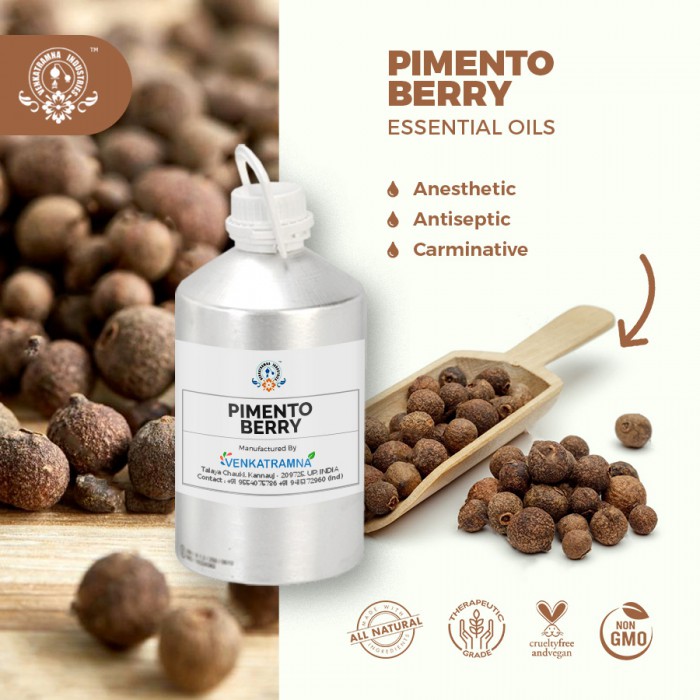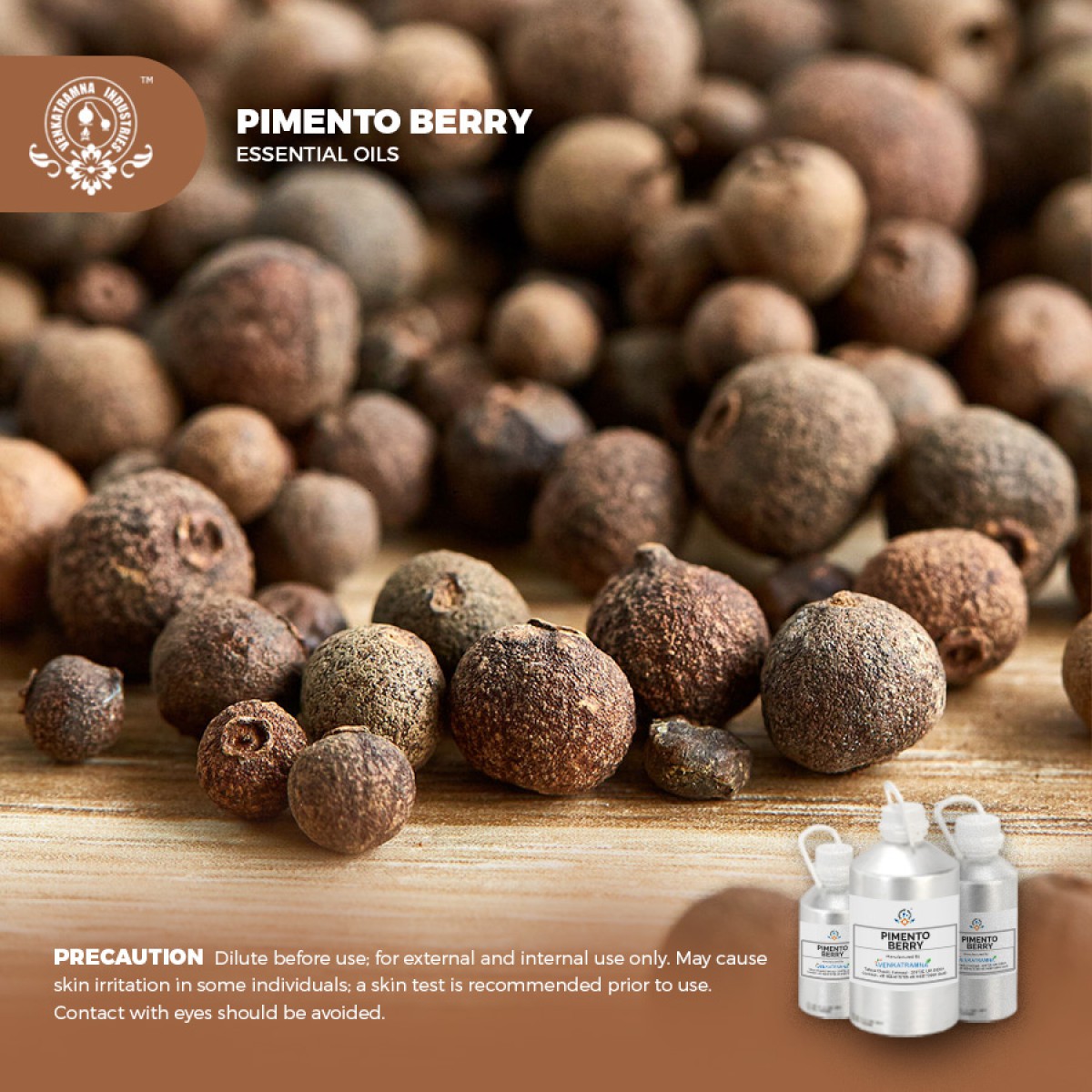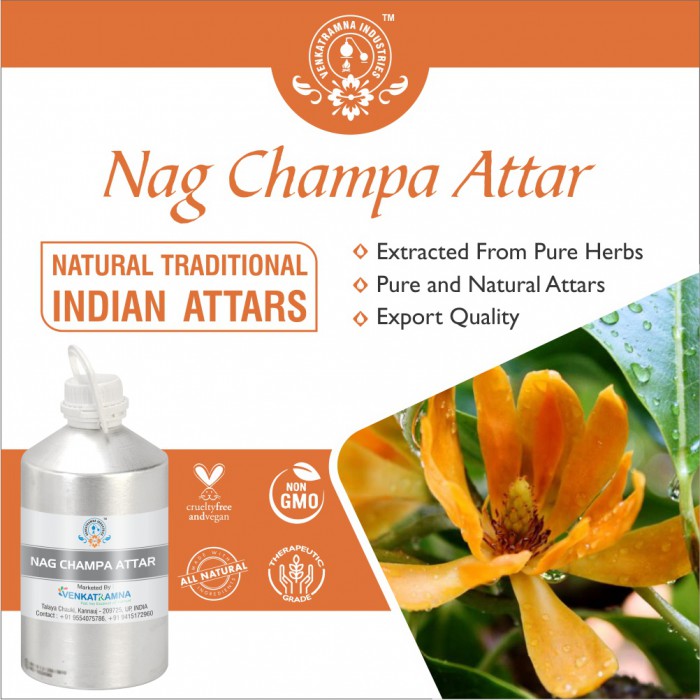Botanical Name: Pimento officinalis Common name: Myrtle pepper, Jamaica pepper, Read More
|
Botanical Name: |
Pimento
officinalis |
|
Common name: |
Myrtle
pepper, Jamaica pepper, seetful, kebab cheena |
|
Plant
family: |
Myrtaceae |
|
Genus: |
Pimento |
|
Appearance/Color: |
Pale yellow to yellow - amber liquid |
|
Odor: |
Medium
aroma with middle note also sweet and spicy |
|
Blends With: |
Ginger, Geranium, Lavender, Orange, Patchouli and Ylang-Ylang |
|
Origin: |
West
Indies |
|
Source: |
Berries |
|
Method
of Extraction: |
Steam
Distillation |
Presence
of Eugenol, which is the main component of Pimento Berry essential oil, makes a
spicy aroma which is similar to clove and cinnamon essential oils. It is mostly
used in mild form in diffusers. Concentrated form can lead to irritation of
mucous membrane and so is not advisable. However, in small concentrations, the
oil is an excellent aphrodisiac.
Christopher Columbus first discovered Allspice berries. At first, he thought that he had stumbled upon a new species of pepper during his second voyage to the New World. During 16th century Allspice was introduced into European and Mediterranean cuisines. Later it has been primarily cultivated in Jamaica.
DISCLAIMER
The complete range of conditions
or methods of use are beyond our control therefore we do not assume any
responsibility and expressly disclaim any liability for any use of this
product. Information contained herein is believed to be true and accurate however,
all statements or suggestions are made without warranty, expressed or implied,
regarding accuracy of the information, the hazards connected with the use of
the material or the results to be obtained from the use thereof. Compliance
with all applicable federal, state, and local laws and local regulations
remains the responsibility of the user.
The FDA has not evaluated the
statements on this website. No claims are made by Venkatramna Industries as to
the medicinal value of any products from vriaroma.com or by us. The information
presented here is for educating our customers about the traditional uses of
essential oils and is not intended to diagnose, treat, cure, or prevent any
disease. You are responsible for understanding the safe application of these products.
If you have any questions, please call or email us for further information.
As per NAHA guidelines, New Directions Aromatics
(NDA) does not recommend the ingestion of essential oils. It is imperative to
consult a medical practitioner before using Essential Oils for therapeutic
purposes. Pregnant and nursing women and those taking prescription drugs are
especially advised not to use this product without the medical advice of a
physician. The oil should always be stored in an area that is inaccessible to
children, especially those under the age of 7.
Pimento berries are used in the folklore
medicine of Mexico during the Pre-Hispanic period and the traditional Jamaicans used this remedial herb in tea and as a
tonic for healing menstrual cramps, stomach problems and cold. The
Haitian inhabitants in Cuba used Allspice in herbal preparations for treating
digestive disorders and respiratory
problems as well as toning the stomach.
In traditional
Ayurveda, it is popularly used to treat chest problems, rheumatism, depression,
bronchitis and stress.
The
comforting, warming, encouraging, uplifting and fostering aroma of Pimento Berry essential oil renders a sense of personal touch,
self-confidence and freshness on mind and body. It is best for treating stress and depression.
As
a proven tonic for the central nervous system, this oil supports in treating
neuralgia, nervous exhaustion, convulsions, hysterical paroxysms, depression,
fatigue and stressful conditions.
Pimento essential oil has
rubefacient properties that raise the blood circulation in the skin. It should
be used in adequate amounts because excessive use could result in skin
irritation.
Enriching the potpourri,
diffuser, burner, vaporizer or bathing water with pimento berry essential oil
creates a positive atmosphere all around.
Pimento berry essential oil is also
known to be used in food industry for flavoring frozen food items. Its potent antioxidant effects along with the strong aroma have
made its use compelling in meat preservation. Pimento berry essential oil tones spleen, liver,
nervous system, stomach, metabolism and endocrine system. It assists growth and
protects body from various conditions.
It
is efficient against nervous tension, nausea, stomach cramps, flatulence,
digestion and exhaustion by providing relief from muscle and joint aches.
Pimento
berry essential oil promotes the circulation of blood, secretion of enzymes, hormones,
digestion and bodily functions. It also maintains proper metabolism. It
promotes the cells growth and generation. It can aid digestion,
flatulence, stomach cramps and nausea. It is also beneficial for respiratory
problems such as coughs, bronchitis and chills.
COMMON
USAGE
·
Anesthetic
·
Antiseptic
·
Carminative
·
Analgesic
·
Antioxidant
·
Stimulant
Ingredients:
|
S.No |
Key Constituents |
Strength (%) |
|
1 |
Eugenol
|
67.0–80.0 |
|
2 |
Methyleugenol |
2.9–13.1 |
|
3 |
b-Caryophyllene |
4.0–6.6 |
|
4 |
(þ)-Limonene tr |
4.2 |
|
5 |
1,8-Cineole |
0.2–3.0 |
|
6 |
a-Phellandrene |
0–1.8 |
|
7 |
Terpinolene |
0.1–1.5 |
|
8 |
a-Caryophyllene |
0–1.5 |
|
9 |
a-Selinene |
0–1.0 |
|
10 |
b-Selinene |
0–1.0 |
Safety
Summary
·
Hazardous: Due to methyl eugenol it is potentially
carcinogenic and can inhibit blood clotting; skin sensitization at moderate
risk and mucous membrane irritation at moderate risk.
·
Cautions: It
should not be taken in oral doses.
·
Maximum
dermal use level
A dermal use of maximum 0.15%, based on 13.1%
methyl eugenol content with a dermal limit of 0.02% is recommended.
Organ Specific Effects
·
Adverse skin reaction: It is neither irritant nor sensitizing when
patch tested on a panel of 32 volunteer at 8%. The main cause of skin
sensitization in dermatitis patients is Eugenol. It doesn’t have any phototoxic
effect.
·
Cardiovascular effects: Eugenol is a powerful inhibitor of platelet
aggregation which acts as an essential step in the blood clotting cascade.
Systemic Effects
·
Acute
Toxicity: No data was
found.
· Carcinogenic/anti-carcinogenic potential: There is no genotoxicity shown in mouse micronucleus tests. When exposure is very high, Methyl eugenol is a rodent carcinogen; whereas eugenol, (þ)-limonene and a-caryophyllene display anticarcinogenic activity.
·
Ecotoxicity:
No data available
·
Bioaccumulation:
No data available
·
Mobility
in soil: No data available
·
Persistence
and degradability: No data available
·
PBT
and vPvB assessment: No data available
·
Avoid
direct exposure into water streams and ground water sources.





 MSDS-Pimento.pdf
MSDS-Pimento.pdf




